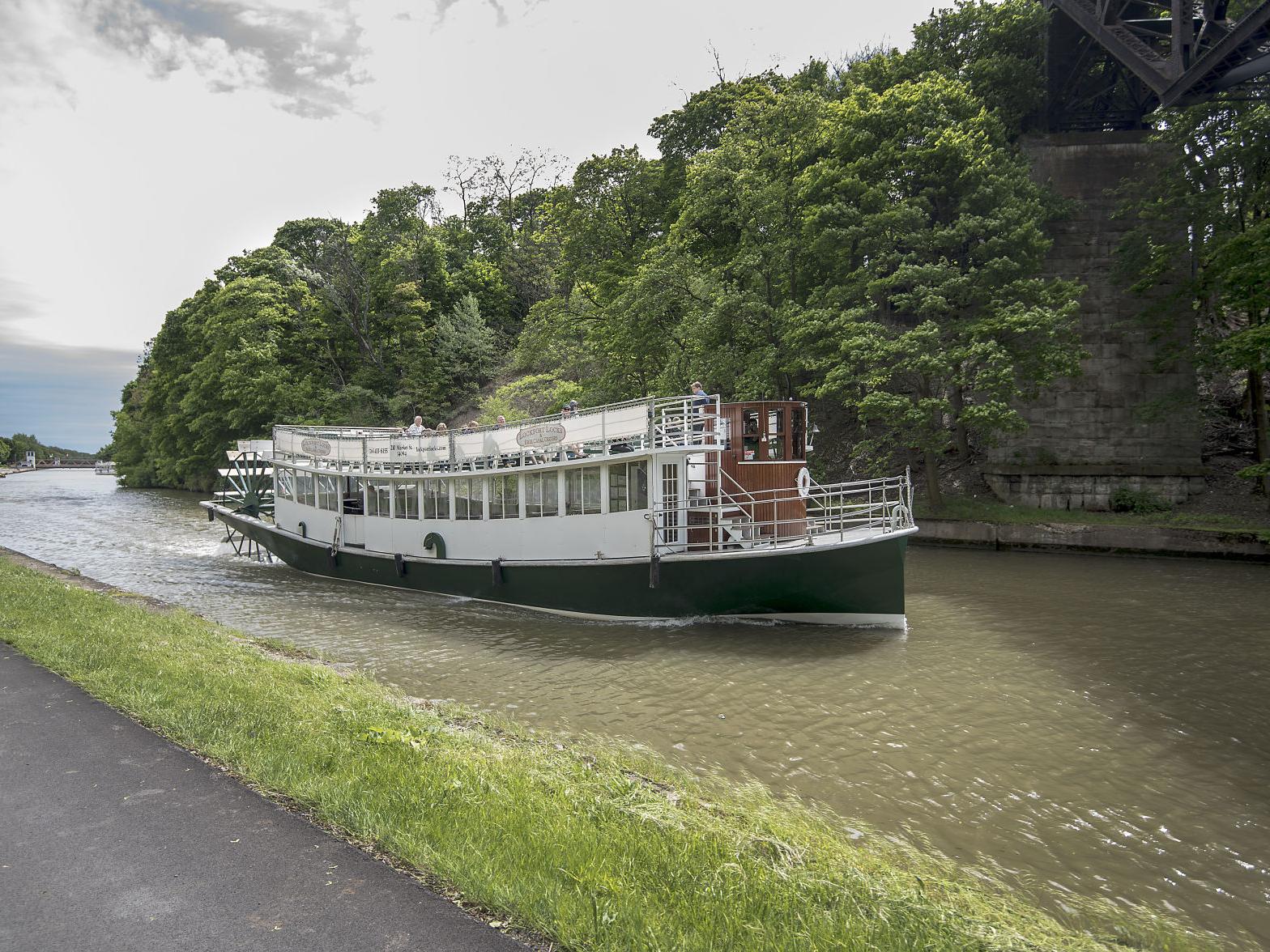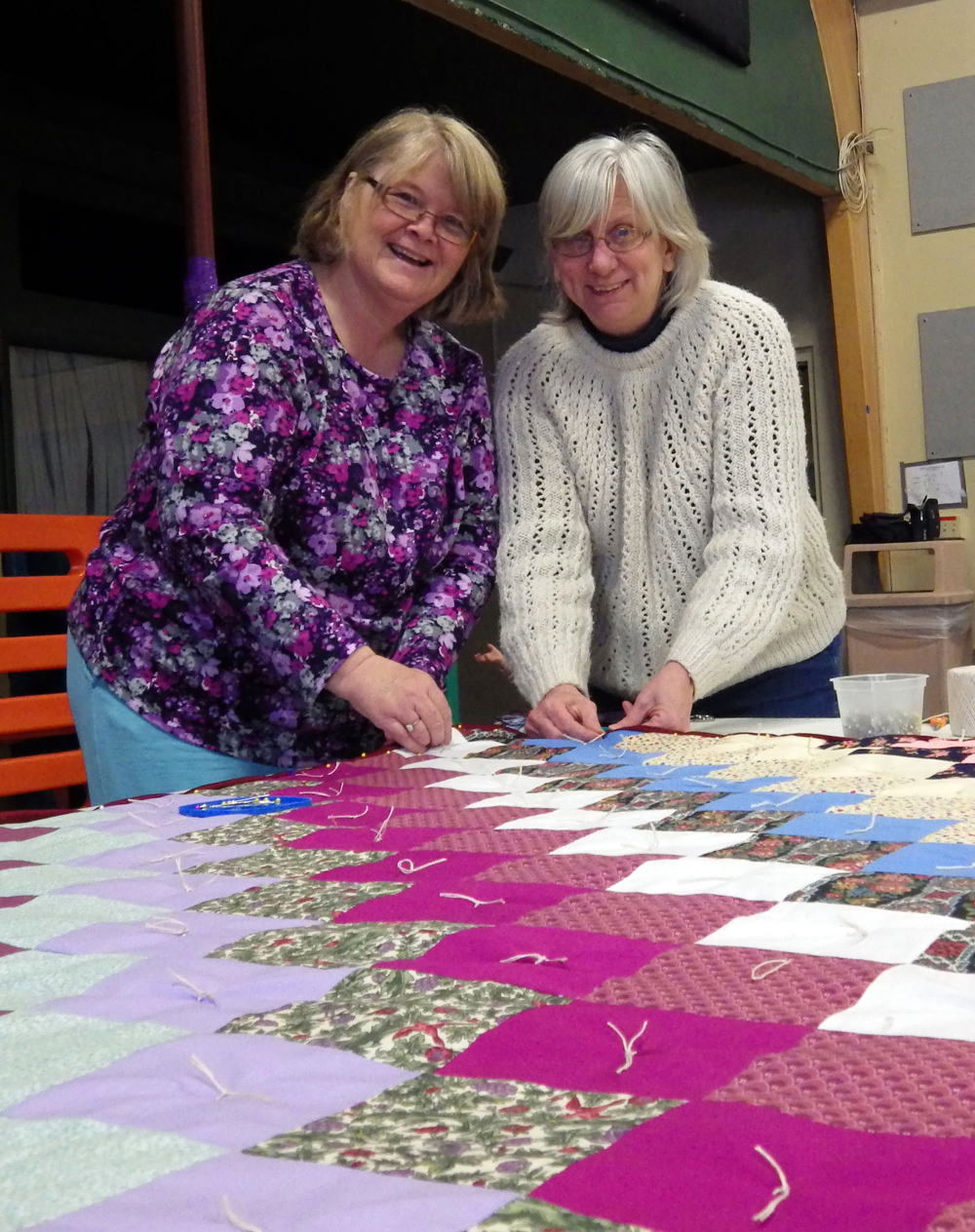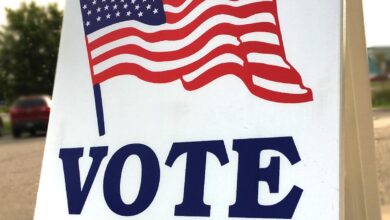Remembering 9/11

After volunteering during the 9/11 attacks, Spencerport resident returns for opening of 9/11 Memorial Museum
Most people remember exactly what they were doing when the attacks on the World Trade Center happened. Marjorie Beldue not only remembers that day, but the weeks that followed. A volunteer with the American Red Cross at the time, she received a phone call that day that her services as a social worker were needed. “I just got in my car and came,” she said.
At the time, Beldue was working as a pre-school social worker for Mary Cariola Children’s Center. She used her own paid time off to spend the next two weeks in New York City. On staff at the Red Cross for 35 years prior, Beldue’s experience in dealing with disasters was extensive. She had worked as the assistant director of Disaster and Emergency Services and as manager of response and recovery for 17 counties prior to volunteering. Over the years, she’s responded to the Korean air crash in Guam, numerous hurricanes, the Boston marathon bombings and the Colorado wildfires.
“9/11 was different from all of the other disasters,” she said. “There was no getting away from the sights, sounds and smells of what had happened – it was 24/7.”
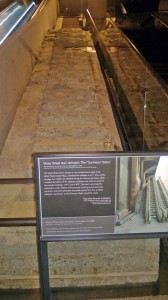 Upon arrival, Beldue’s first job was to check the licensures of the many mental health professionals who had shown up wanting to help. While those without Red Cross training weren’t able to provide services in an official capacity, they still went out into the streets to help the first people they saw that were in need. “On a walk one day I ran into a girl with a cocker spaniel puppy. She wanted to help in some way so I brought her back with me,” said Beldue. “It was heart wrenching to see children who had just lost a parent hug that little dog.”
Upon arrival, Beldue’s first job was to check the licensures of the many mental health professionals who had shown up wanting to help. While those without Red Cross training weren’t able to provide services in an official capacity, they still went out into the streets to help the first people they saw that were in need. “On a walk one day I ran into a girl with a cocker spaniel puppy. She wanted to help in some way so I brought her back with me,” said Beldue. “It was heart wrenching to see children who had just lost a parent hug that little dog.”
Beldue was stationed at the Plaza Hotel on Fifth Avenue where families of Cantor Fitzgerald Company employees went to receive counseling, reports on their loved ones and DNA identification. Cantor Fitzgerald’s corporate headquarters were located on the 101st-105th floors of One World Trade Center. “The owner of the company was the only survivor because he had taken his child to kindergarten that day,” said Beldue.
Some of those same families attended the opening of the 9/11 Memorial and Museum in May. “There was a call out to mental health workers for the museum opening and 12 of us from Rochester went,” said Beldue. “It was a no brainer for me.”
The museum was open to just families and first responders the first week. With her clinical background, Beldue counseled people who were overcome by what they were seeing. “People brought children and I would ask them if they considered the impact that it would have on them, and if they were prepared to cope with their own emotions along with those of their children,” she said. Often times Beldue would volunteer to sit with the young ones while the adults went in.
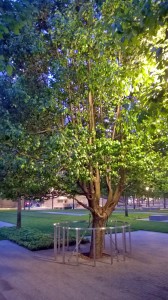
“Having suffered my own loss, I had a different perspective when I went back,” said Beldue, whose husband of 40 years, Gary, died in April 2012. “It was difficult being there, especially hearing the recorded messages left by those who died, and it was compounded by the death of my husband.” While some of the volunteers were sent home because they couldn’t cope, Beldue stayed for the entire week. “The volunteers were cognizant of each other and we used each other for support,” she said.
The museum is divided into rooms, each with a door to the outside so that people can leave at any time. Among the exhibits is a room dedicated to the flight crews and passengers, a display of posters that people made asking for help finding their loved ones, recordings of voice messages left for loved ones, and wallets, shoes and other artifacts that were left behind. Part of the museum addresses how people’s lives have changed since 9/11 – the number of deaths and suicides, the types of medications people now have to take for mental illnesses and diseases they contracted from what they were exposed to. Yet another area lists alphabetically the people lost and when visitors look up a name on a computer, they can display that person’s picture and story on a wall.
At the end of the day, “Carlos” the bomb-sniffing dog, goes through each of the rooms after the museum closes for the night. “Some people are angry about the museum,” said Beldue. “But it is well done. It’s like the Holocaust – a moment in history that must be remembered.”


